Cracked: it’s not just NZ PM Christopher Luxon’s plane and house in disrepair
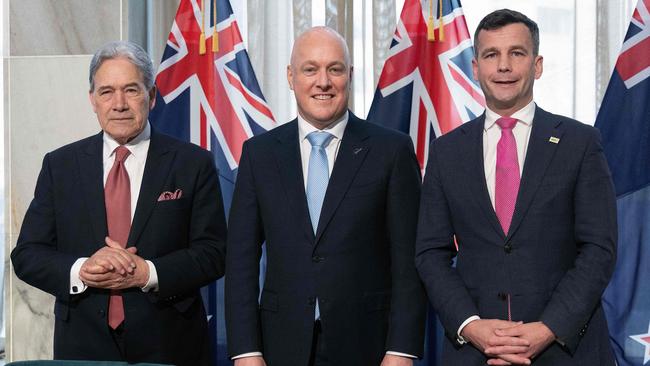
These are certainly not halcyon days for New Zealand, especially when surveying those faded political symbols. And like many episodes of misfortune, they come in threes.
First there is the Prime Minister’s official plane, with its lack of reliability becoming a source of national embarrassment as the aged New Zealand Defence Force Boeing 757 seems to spend more time earth bound than air bound. Mechanical faults have beleaguered the prime ministerial plane for years, affecting travel plans around the world. In 2016, former prime minister John Key was once famously stranded in Townsville after the plane broke down en route to India.

The latest mechanical grounding of the aircraft forced a harried Christopher Luxon onto a commercial flight in Wellington thus making him late for the ASEAN summit held earlier this month in Melbourne. This new mishap overshadowed an important early diplomatic milestone in Luxon’s premiership. A sheepish defence minister, Judith Collins, later conceded the cost of a new plane was likely beyond the government’s budget.
Second is the formal prime ministerial residence in Wellington, suffering from a decided lack of upkeep and investment. Luxon himself says that after years of neglect, Premier House – which has hosted visiting world leaders and dignitaries – has lost its lustre and is currently not fit-for-purpose.
Despite nearly NZ$100,000 being spent to date on the property to ready it for Luxon, he prefers to reside in his own Wellington apartment for the time being.
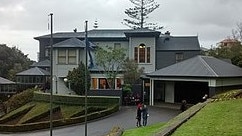
Third in the rollcall of debased political symbols is the nation’s very seat of power – Wellington. It is capital city currently dealing with chronic under investment in infrastructure, and plagued by a crumbling water system and roading issues with a local economy that is stalling at best. The prevailing sentiment among local media and residents alike seems to be that Wellington is as inherently rusty as it looks and feels. Impending job cuts across Wellington’s public service will further hurt confidence in the capital.
Added to this sorry trifecta comes a problematic fourth political symbol: government unity.
Problems here have been dramatically exposed by the furore ignited by New Zealand’s deputy prime minister Winston Peters, who recently accused the previous Labour government and some Māori politicians of trafficking in race-based policies and rhetoric – and linking the latter to the sort of racial theories practised in Nazi Germany. All the while, National Party prime minister Christopher Luxon calls for political civility while the economy dips back into recession.
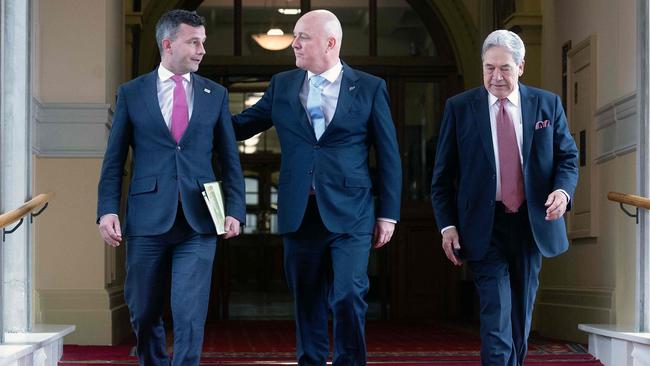
The formal coalition agreement between the NZ First party and Luxon’s National Party – signed last November after National ambled to victory over the incumbent Labour Party – fixes that Peters, maverick leader of the New Zealand First party, will hold the deputy prime minister role until 31 May 2025. Peters will then hand it to ACT party leader David Seymour, pursuant to this party’s own coalition agreement with National.
The deputy prime minister position holds little real power on a daily basis. But it does carry the undeniable inference of dedication and commitment to the government, and delivering a stable and effective coalition government is a cornerstone of the NZ First-National-ACT agreement.
Notably, however, the agreement also recognises “the importance in a democracy of maintaining independent political identities arising from the voting public’s choice.”
And there is little doubt that New Zealand First’s identity, alive in its founder and captain Peters, is different from National’s. Quite possibly, this identity and all its idiosyncrasies will become more pronounced as the current administration nears the end of its current three-year term and the contours of the campaign for the next general election – scheduled for late 2026 – start to take shape.
Uncoupled from the deputy role, Peters may seek to engineer greater distance between his party and its current governing partners to prove NZ First’s independence – so prized by Peters – by pushing positions that resonate with party loyalists, but are beyond where Luxon and Seymour are comfortable.

The vexed issue of co-governance with indigenous Māori is one area where Peters has staked out his own visceral thoughts in a recent speech. The nature and delivery of the speech, not least of all its fallout, could possibly serve as a prelude of what might come.
In his so-called ‘state of the nation’ address delivered on March 17, Peters predictably offered a sour interpretation of a nation’s affairs as inherited from the previous Labour government. The entire political left – Labour (with whom he partnered in government on two separate occasions under Helen Clark and then Jacinda Ardern), the Greens and the Te Pāti Māori – an indigenous Māori party in parliament – were predictably fixed in his crosshairs.
Most notably, Peters lamented NZ First’s absence from the last parliament to curtail what he claimed were destructive race-based policies such as co-governance, encouraged by the then majority Labour government led by Ardern and then Christopher Hipkins.
He went on to attack Te Pāti Māori leadership for propagating theories of racial superiority through various statements and language promoting the idea that indigenous Māori had superior genetics to others.
“I’ve seen that sort of philosophy before, I saw it in Nazi Germany, we all did. We have seen it elsewhere in the world in the horrors of history, but right here in our country tolerated by the very people whose job is to keep the system honest,” said Peters.
The Nazi Germany reference was loudly condemned across the board. Criticism swiftly followed from the local Jewish communities upset at its application, while now Opposition leader Hipkins labelled Peters “out of control,” a “drunk uncle at a wedding.”
Forced to weigh in, Luxon said he didn’t agree with his deputy prime minister’s comments and called for all political leaders to tone down similar inflammatory language. He later upgraded his comments to urge more civility and maturity from all MPs.

Luxon reportedly took up his concerns with Peters in private, only for Peters to ignore his prime minister and double down on his Nazi Germany comments while accusing the media of misinterpreting his speech. Peters was “humiliating the prime minister”, chimed Hipkins.
Peters’ future exit as deputy prime minister may not necessarily break the government by proposing opposing views or striking a different chord from within, despite his history of doing just that.
As Clark’s foreign minister from 2005 to 2008, Peters often assailed Chinese immigration and investment in New Zealand without unduly impacting New Zealand’s relationship with Beijing. This unique feat of contortion was achieved by Peters drawing the distinction that any such criticism was coming from the leader of NZ First rather than the country’s foreign minister. Done purely for local consumption to appease Peters’ more nativist supporters, in political sophistry of the highest order. It didn’t lead to his defenestration nor the breaking of the government. But it did put strain on government unison.
If Peters recycles that same sophistry on relinquishing his current deputy prime minister responsibilities, it could endanger government unity and possibly even stability.
Should Peters be voted out in 2026, as he was six years prior, the chance to embroider his party’s distinct identity in the current term could afford him greater leverage and latitude to snipe at his current governing partners from afar as he is currently doing to his former Labour Party governing colleagues within the confines of political office.
Luxon and the country may well await May 31, 2025 with bated breath.

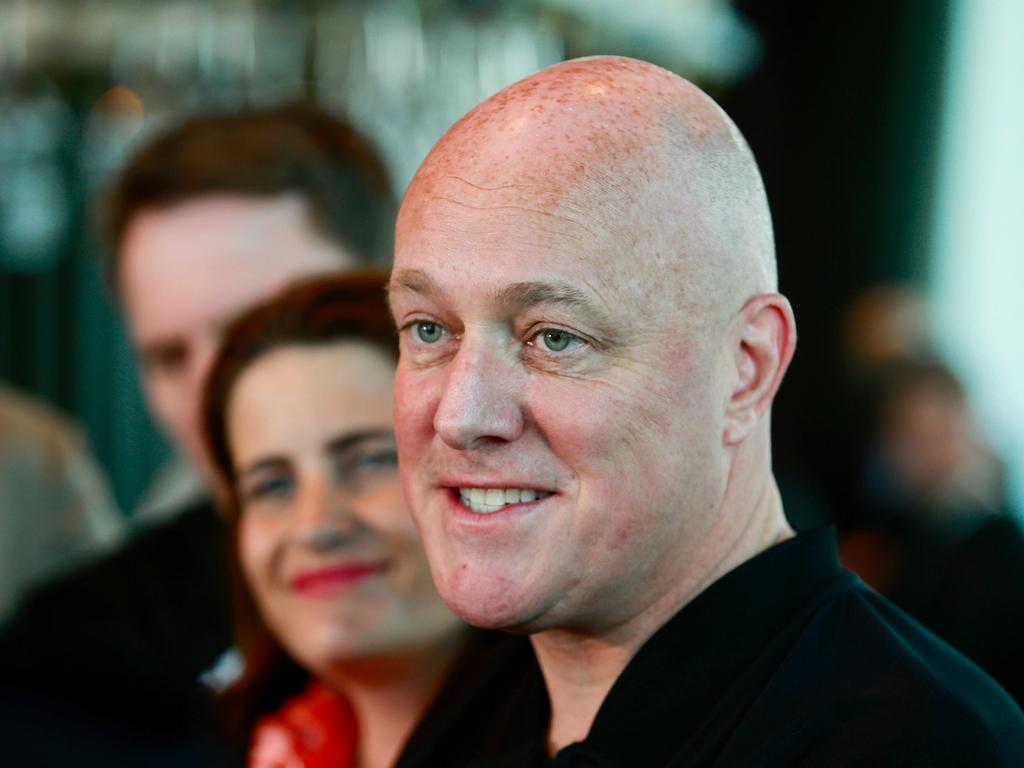

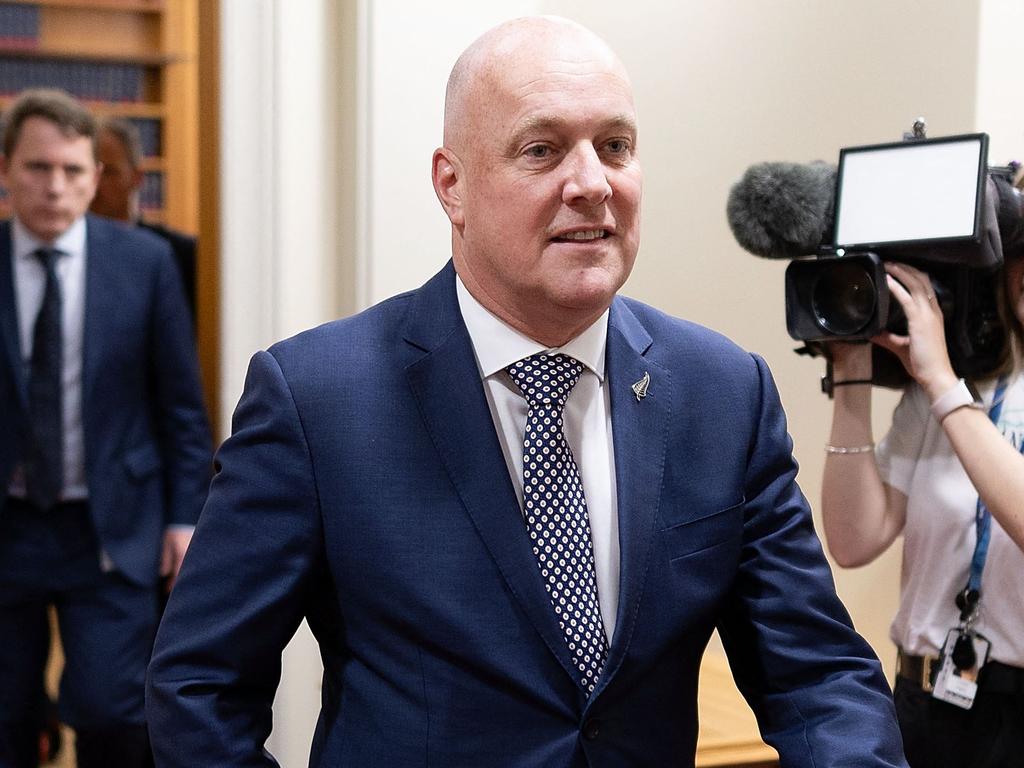
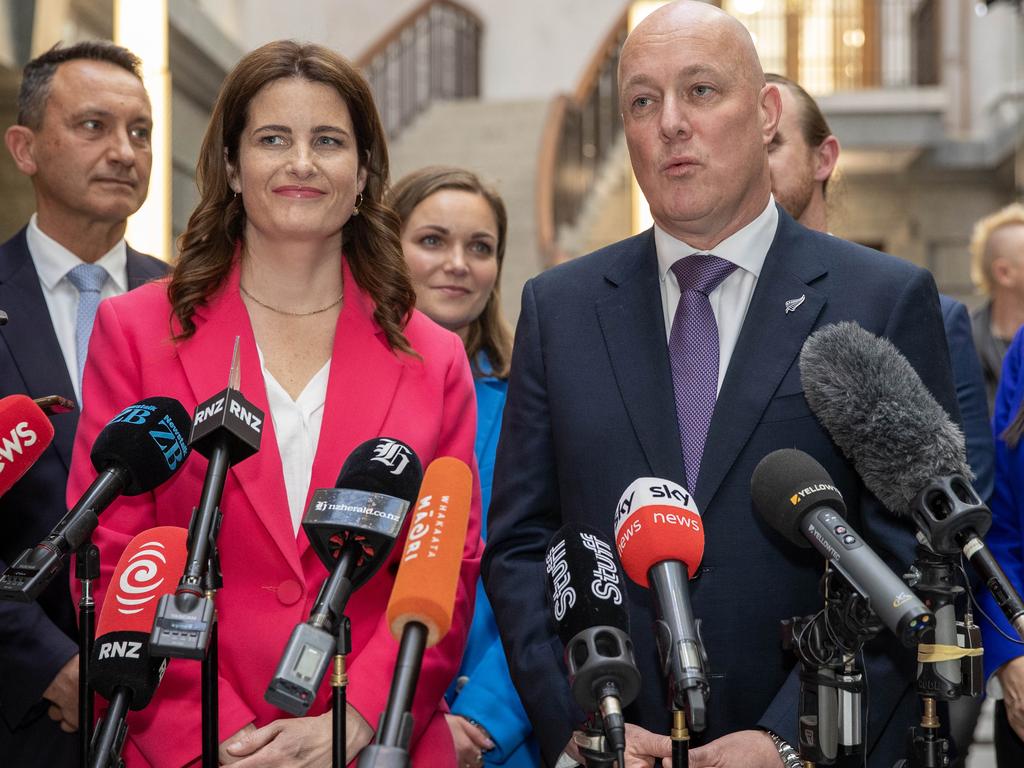


If political symbols help convey a nation’s strength and seriousness, New Zealand looks in questionable shape, with some of its symbols in a dramatic state of disrepair – if not downright broken.